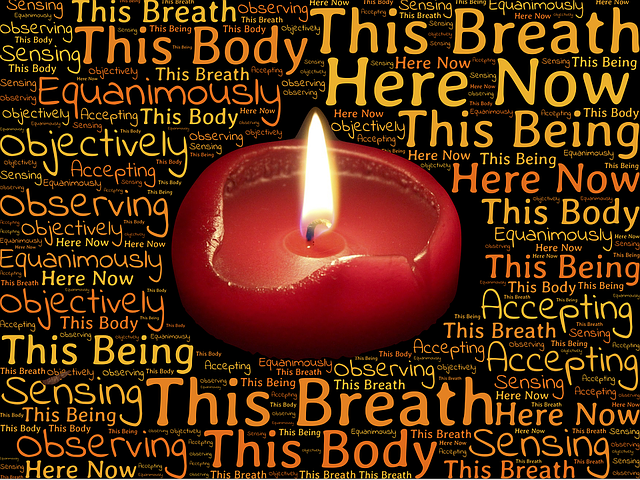Sam Himelstein has developed several basic principles and a series of guidelines to assist mindfulness teachers to sensitively work with people who are impacted by trauma. While these principles have been developed over more than a decade working with trauma-impacted teens, the principles and guidelines are also relevant to anyone working with adults who have experienced trauma.
Relationship building through music
In his podcast interview with David Treleaven, Sam discussed a particular case that was a primary catalyst to the development of his principles and guidelines. He provides a more detailed discussion of the case in his blog post, Trauma-Informed Mindfulness with Teenagers – 9 Guidelines. The case involved a 17-year-old high school student, Jeanette, who had experienced a traumatic childhood with many categories of traumatic events in her life, including drug addiction of her father. She had approached Sam, a registered psychologist, for help with her trauma-related issues.
During initial psychotherapy treatment, Sam was helping her to locate her estranged father so she could establish a connection with him. However, before this reconnection happened, the young woman learned that her father had died from a drug overdose. This intensified her trauma and when she presented at Sam’s clinic after the death of her father, she was unable to talk about her father, follow a line of discussion or formulate coherent sentences. Sam described this in terms of “her brain down regulating”.
Sam’s first principle – “do no harm” – came into play as he realised that getting her to talk would take her outside her window of tolerance. As he knew about her interest in music and her favourite genre, he intuitively realised that listening to music that she liked would enable her to establish some degree of equanimity, build trust and reinforce the relationship through a shared pleasant experience.
As they listened to the music together, she slowly began to move her head in line with the beat and rhythm of the music. Then, she began to talk. Sam described the effect on Jeanette of listening to the music as regulating her central nervous system, bringing her back within the window of tolerance and enabling her to access her language ability so that she could express her emotions such as anger, grief and sadness.
Sam had realised that while Jeanette was positive about the utility of mindfulness in the context of therapy, “conventional talk therapy or mindfulness meditation wasn’t going to work”. This music intervention was in line with what he described as practising an INCRA, an “inherently non-clinical relational activity” that is not a therapy technique in itself but effectively builds the relationship. Sam discusses case studies where he has used INCRA in a clinical setting with teens in his forthcoming book, Trauma-Informed Mindfulness for Teens: A Guide for Mental Health Professionals.
Reflection
As we grow in mindfulness through meditation and reflection, we can better access our intuition when working with or training people who have suffered trauma. Being present to the person needing help will enable us to let go of conventional, trained responses and be open to activities that are non-clinical in nature but develop the relationship – the foundation for all helping. Trauma-informed mindfulness, then, involves not only sensitivity to trauma-impacted people but also the flexibility to depart from habituated responses or processes. Mindfulness helps us to tap into our innate curiosity and creativity.
____________________________________________
Image by obBilder from Pixabay
By Ron Passfield – Copyright (Creative Commons license, Attribution–Non Commercial–No Derivatives)
Disclosure: If you purchase a product through this site, I may earn a commission which will help to pay for the site, the associated Meetup group and the resources to support the blog.









